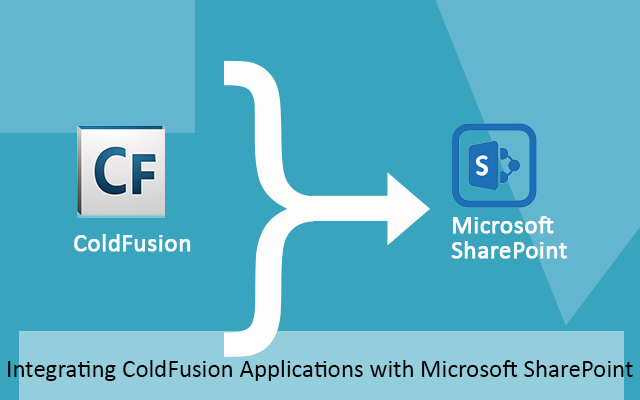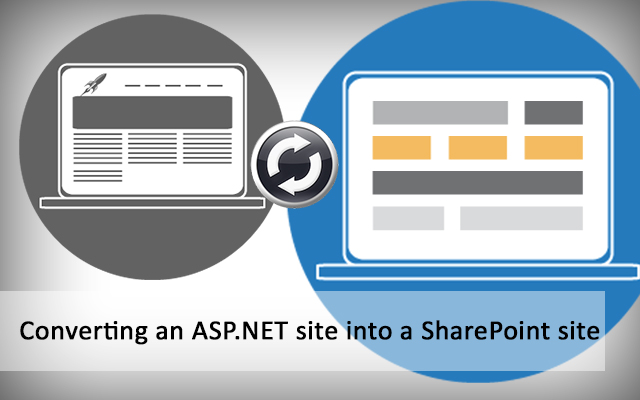SharePoint online migration is not something that can be easily achieved; rather, it engages careful planning for successful execution of the same. The reason is simple, you need to deal with a huge volume of important data and no sort of downtime is usually tolerated by an organization. Therefore, the biggest question that crops up in such situation is how to avoid the risk of losing any data ensuring an exact move of just the elements you need alongside involving minimum time possible reducing the impact upon the users along with the systems?
 Well, the solution rests with an online file migration tool. This particular tool is an online adaptation of the SharePoint server based on the new as well as latest technology of SaaS (Software As a Service). Migrating might come across as an expensive alongside a complex task, but with little software investment, you can actually get working smoothly. The tool allows you to experience a hassle free migration of Exchange to Office 365 SharePoint, Lotus Notes to Office 365 SharePoint Online, and File System to Office 365 SharePoint.
Well, the solution rests with an online file migration tool. This particular tool is an online adaptation of the SharePoint server based on the new as well as latest technology of SaaS (Software As a Service). Migrating might come across as an expensive alongside a complex task, but with little software investment, you can actually get working smoothly. The tool allows you to experience a hassle free migration of Exchange to Office 365 SharePoint, Lotus Notes to Office 365 SharePoint Online, and File System to Office 365 SharePoint.
Exploring the World of Effortless Office 365 Migration
Migrating SharePoint Online is sure to come across as an effortless solution as the migrating software is not only reliable, but also fail – safe. This particular tool or software has been developed following a process of intensive testing. It has been passed fail-safe following strict rounds of analysis by expert developers and quality analysts. Therefore, there hardly stands any chance of the software going wrong during the process of executing a successful migration.
Whether the need is focused on migration of File System, Public Folder, or Lotus Notes to Office 365, you can do it all with the help of this versatile tool. After all, the task of manually copying files from multiple resources like file servers, network shares, and network drives to SharePoint Online is a challenging task. The task, especially gets difficult when there are several things to migrate as it not only gets time consuming, but also prone to errors.
A single error in the copy can interrupt as well as restrict the flow of entire switch. Additionally, you also need to keep in mind the several characters alongside the file types that SharePoint Online tends to decline at a go. A proper migrating tool helps solve all such difficulties as well as the issues that are usually faced while migrating manually. Usually, the software stands in compliance to the standards of naming a file in SharePoint Online and therefore helps save both your time as well as effort during migration.
A Look at the Features
Here is a quick look at the features that make the file migration tool stand apart from the rest alternatives as well as choices in respect to SharePoint Online:
You can hire developers from top companies in SharePoint who can help you build apps within allocated budgets and time schedules.
We provide SharePoint 2010 development services. If you would like to talk to one of our certified SharePoint programmers, please get in touch with us at Mindfire Solutions.
 Well, the solution rests with an online file migration tool. This particular tool is an online adaptation of the SharePoint server based on the new as well as latest technology of SaaS (Software As a Service). Migrating might come across as an expensive alongside a complex task, but with little software investment, you can actually get working smoothly. The tool allows you to experience a hassle free migration of Exchange to Office 365 SharePoint, Lotus Notes to Office 365 SharePoint Online, and File System to Office 365 SharePoint.
Well, the solution rests with an online file migration tool. This particular tool is an online adaptation of the SharePoint server based on the new as well as latest technology of SaaS (Software As a Service). Migrating might come across as an expensive alongside a complex task, but with little software investment, you can actually get working smoothly. The tool allows you to experience a hassle free migration of Exchange to Office 365 SharePoint, Lotus Notes to Office 365 SharePoint Online, and File System to Office 365 SharePoint.Exploring the World of Effortless Office 365 Migration
Migrating SharePoint Online is sure to come across as an effortless solution as the migrating software is not only reliable, but also fail – safe. This particular tool or software has been developed following a process of intensive testing. It has been passed fail-safe following strict rounds of analysis by expert developers and quality analysts. Therefore, there hardly stands any chance of the software going wrong during the process of executing a successful migration.
Whether the need is focused on migration of File System, Public Folder, or Lotus Notes to Office 365, you can do it all with the help of this versatile tool. After all, the task of manually copying files from multiple resources like file servers, network shares, and network drives to SharePoint Online is a challenging task. The task, especially gets difficult when there are several things to migrate as it not only gets time consuming, but also prone to errors.
A single error in the copy can interrupt as well as restrict the flow of entire switch. Additionally, you also need to keep in mind the several characters alongside the file types that SharePoint Online tends to decline at a go. A proper migrating tool helps solve all such difficulties as well as the issues that are usually faced while migrating manually. Usually, the software stands in compliance to the standards of naming a file in SharePoint Online and therefore helps save both your time as well as effort during migration.
A Look at the Features
Here is a quick look at the features that make the file migration tool stand apart from the rest alternatives as well as choices in respect to SharePoint Online:
- Compatible with Midsize Business, Small Business, Education, and Enterprise plans
- Allows automatic rename of files featuring characters that are usually denied
- Flexible to all sorts of network interruptions that crop up for temporary period
- Enables automatic zip of files featuring file extensions that are rejected
- Helps in the identification of files featuring big file sizes and file paths that are too lengthy
- Facilitates the copy of only changed files when the migration is resumed again
- Keeps a track of the original date of modification of the files
- Provides a complete and comprehensive audit trail of every migrated file
- Handles documents check-ins and checkouts automatically for libraries requiring the same
- Allows automatic re-authentication for migrations that are lengthy
You can hire developers from top companies in SharePoint who can help you build apps within allocated budgets and time schedules.
We provide SharePoint 2010 development services. If you would like to talk to one of our certified SharePoint programmers, please get in touch with us at Mindfire Solutions.












